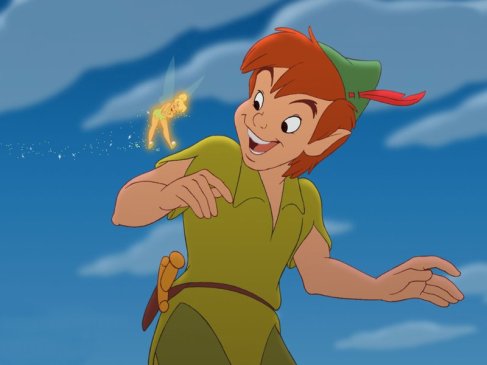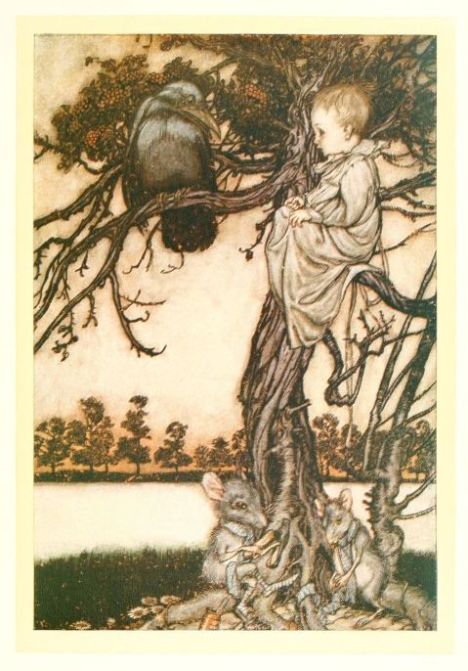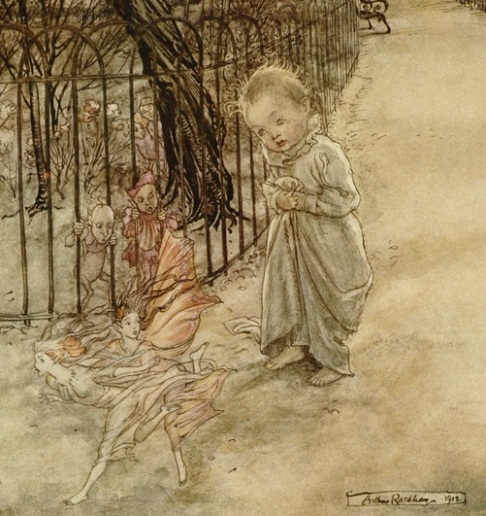
Peter?! I thought you were older…
When the average person thinks of Peter Pan, the story of a boy in green tights flying with a girl and her brothers to a magical locale called Neverland would probably come to mind first. This fantasy is even more apparent in American culture, where Disney granted us a very popular adaptation and other authors continue to explore the origins to or adventures after the Peter and Wendy novel. When it comes to Peter Pan in Kensington Gardens, the average American probably has little idea of a story of a baby named Peter who explores the magical settings in the United Kingdom. I cannot say how well the book holds up for the rest of the world, but I know that Peter Pan in Kensington Gardens fails to resonate with modern audiences. Although one may argue that this is due to the Peter and Wendy story usurping its popularity, I believe it can actually be attributed to the novel’s narrow scope and dense prose.

Groovy huh?
The novel takes place in the United Kingdom, specifically in London and the Kensington Gardens. The everyday American citizen is probably not familiar with the geography of the UK, which is repeatedly mentioned in the novel. This brings up a number of issues, especially in regard to the fact that the novel is targeted toward children. Since most younger children are not well versed in the geography of their own state and country, it makes sense that the locations mentioned by Barrie would fly right over American children’s heads. The failure to recognize these locales would mean that children would also have difficulty understanding the significance of the locations and thus diminish their enjoyment of the work. Although Barrie is able to eloquently describe the setting and layer it with wonderful imagery, I still think the geographical barrier has persisted as an impediment to the novel’s classic status in America and its inability to appeal to modern children.

Creepy lookin’…
Although J.M. Barrie paints a very appealing picture of Kensington Gardens, his writing style could be another reason why the novel has failed to stand among other works in their universal appeal to children across the generations. His descriptions and second-person narrative are fascinating to analyze as an adult studying the novel, but as a child I could see myself becoming frustrated very early on with the text. This dense prose could be attributed to the fact that he is of Scottish origin and many American children would be unfamiliar with the colloquialisms and slang he uses throughout the novel. While many British authors employ the nuances of their English tactfully within their texts, I think Barrie fails on many levels to appeal to readers outside of Europe. In addition, the meandering sentences of descriptions could also quickly disengage a child from the story. Overall, the combination of lengthy, meandering prose and many references to foreign locations have contributed to the novel’s immense decrease in popularity in America, particularly concerning is classic status.







